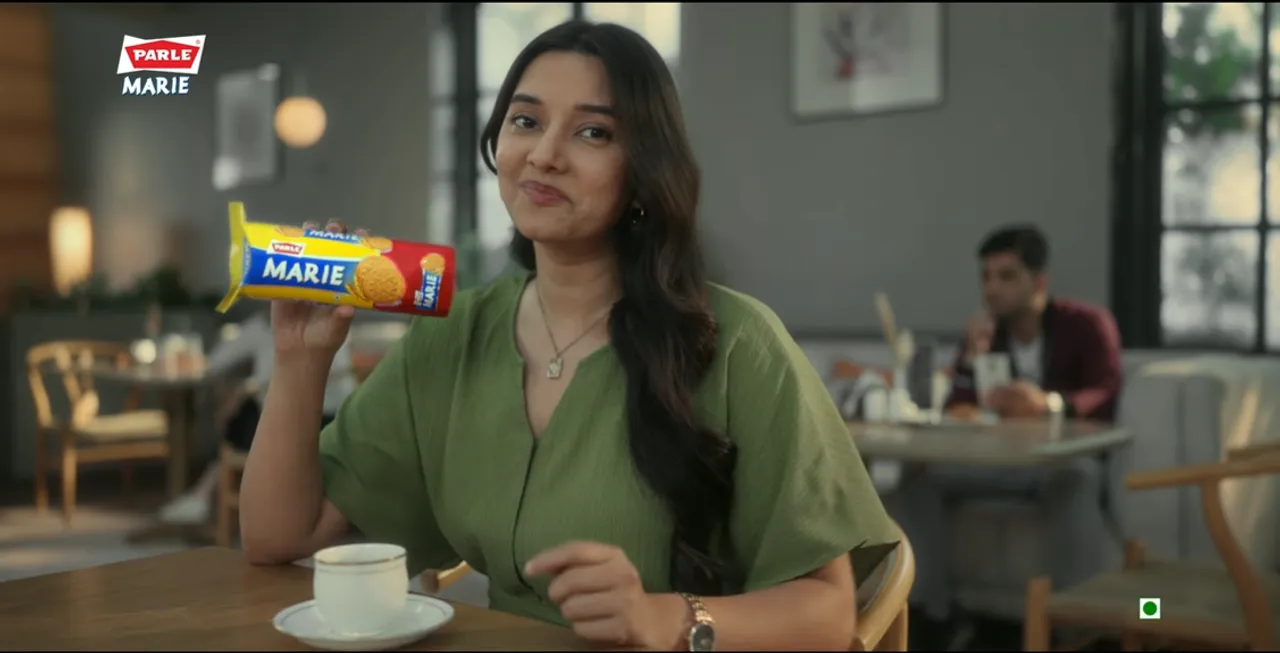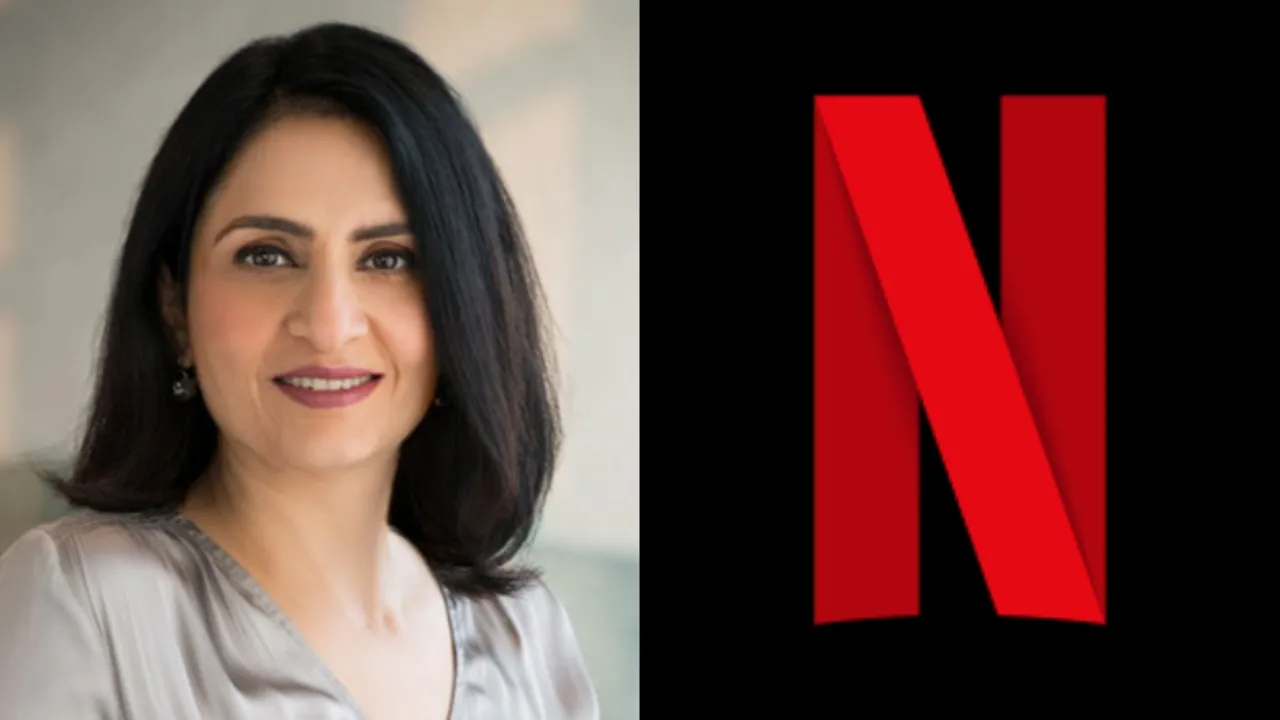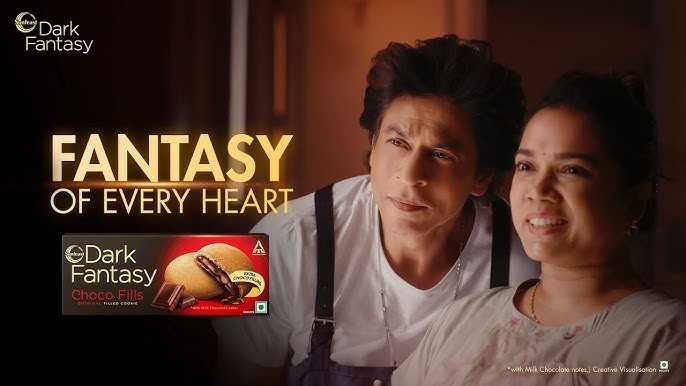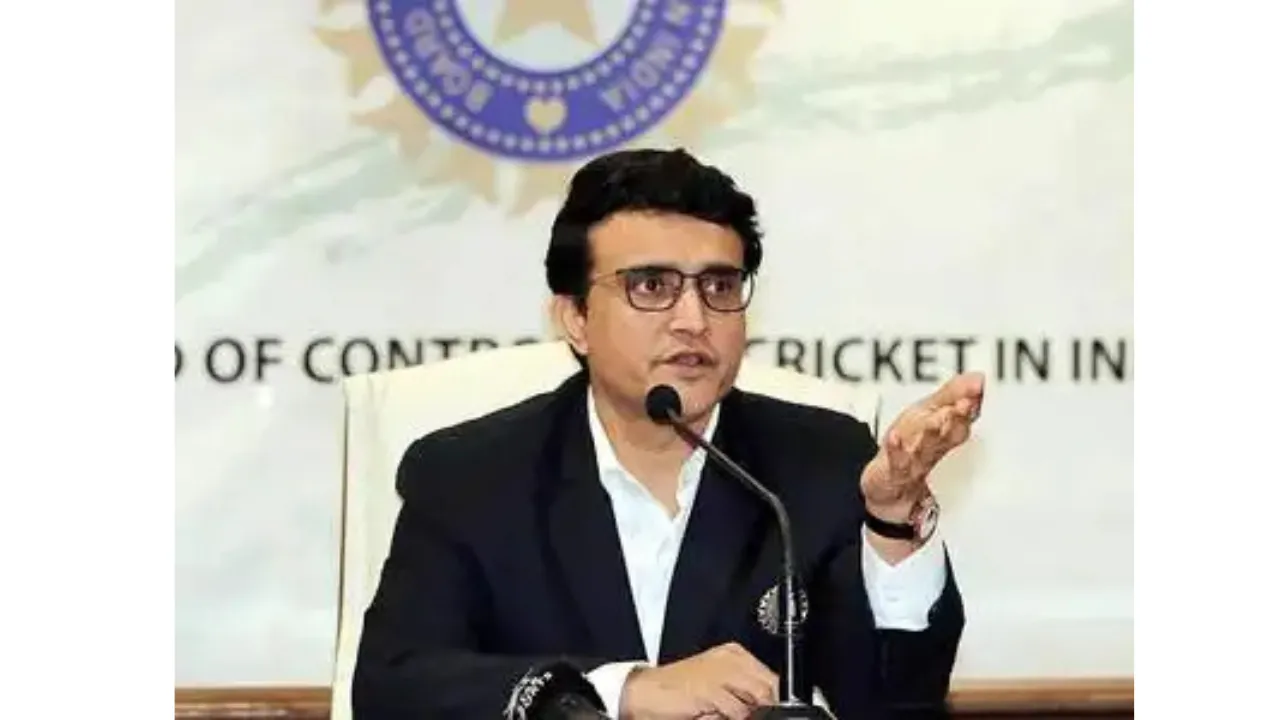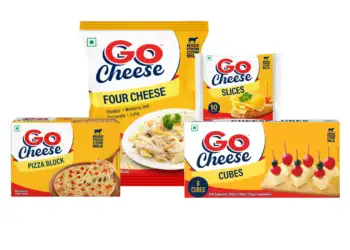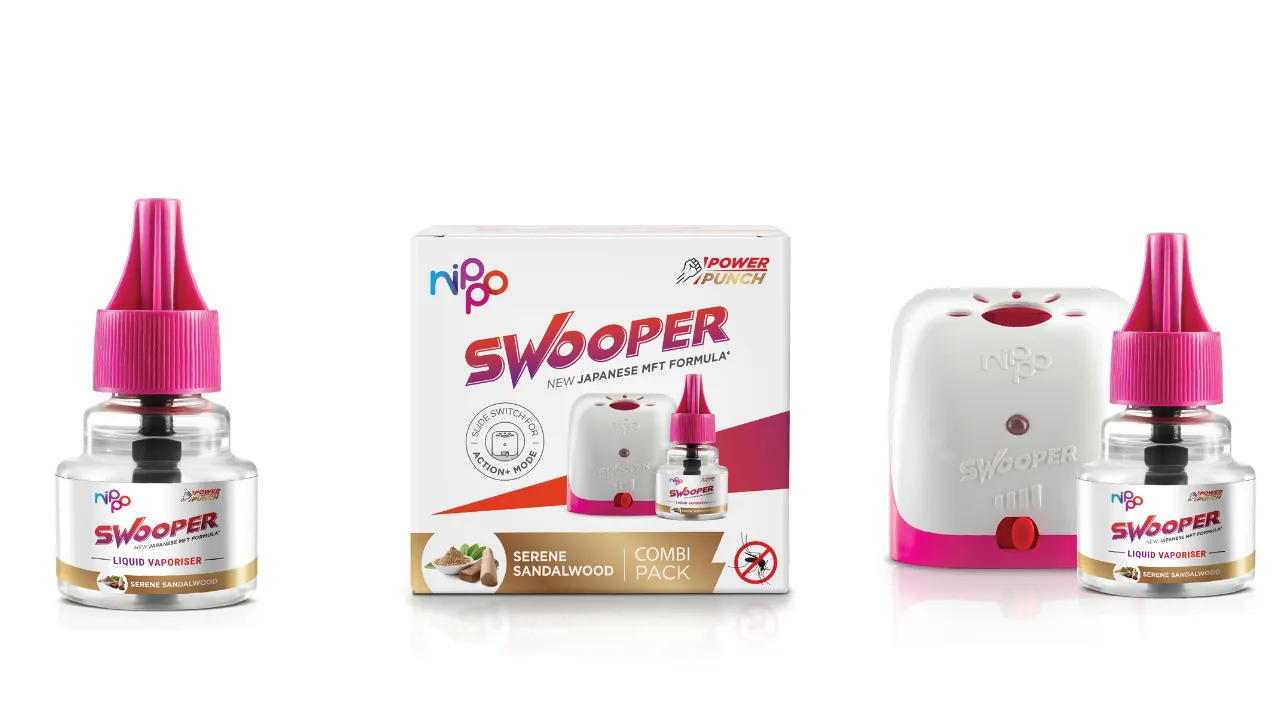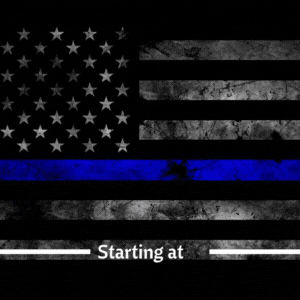Parle Bets Big on Brand Recall: Reimagining Marie Biscuits with ‘Parle Marie’
In India’s massive and fiercely competitive biscuit market, brand identity often makes or breaks a product. Parle Products, the maker of household favorites like Parle-G, Hide & Seek, and Monaco, is doubling down on its branded house strategy to sharpen its edge in a crowded landscape. After making a splash with its 2023 campaign “Naam Toh Suna Hoga”, Parle is now stepping into even bolder territory: trying to change a decades-old consumer habit by urging people to ask not just for any “Marie,” but specifically for Parle Marie.
For context, Marie biscuits have become a generic product name in India. Much like “Xerox” for photocopy or “Bisleri” for bottled water, the word “Marie” has become synonymous with a light, round, mildly sweet biscuit enjoyed mostly with tea. These biscuits are purchased out of habit and utility rather than brand preference. That’s the challenge Parle now wants to tackle head-on.
“Marie is a generic category. The biscuit is bought by habit, not by name. That is why we are urging consumers to ask for Parle Marie,” says Mayank Shah, Vice President of Parle Products.
The Marie biscuit itself is not new—it dates all the way back to 18th-century Britain. Its simple recipe and dry texture made it an ideal tea-time snack. When the biscuit made its way to India, it was warmly welcomed and has since been produced by a wide range of companies, both national and regional. Today, major players like Britannia, ITC, Disha Foods, McVitie’s, and Priya Gold all offer their own versions of Marie biscuits. Parle entered the fray in the 1940s, and over the decades, the brand has built a strong reputation across many other segments, but Marie remained one category where brand recall lagged.
The issue? The Marie biscuit category has become so commodified that consumers often don’t distinguish between brands at the point of purchase. They just ask the shopkeeper for “Marie,” and whichever version is handed to them—often based on availability or price—is accepted without fuss. It’s a low-engagement purchase, and Parle wants to turn that around.
Changing a deeply ingrained consumer habit, however, is no small feat. Shah acknowledges this, calling it a “slow-burning process” that will take time, consistency, and serious advertising muscle. But for a brand that sees itself as a leader in the Indian FMCG sector, Parle believes the challenge is worth taking on. The logic is simple: the more frequently people eat something, the more important it becomes to tie that product directly to the brand name. In other words, everyday products need strong brand identities to stay relevant and grow in a commoditized market.
To bring this vision to life, Parle teamed up with advertising agency Thought Blurb Communications to roll out a clever and high-frequency campaign. The result: a series of 25-second TV spots designed to show just how chaotic things can get when you ask for a “Marie” without specifying “Parle Marie.” In each commercial, protagonists find themselves in absurd or chaotic situations triggered by a vague biscuit request—until they clarify and ask for “Parle Marie,” restoring peace and order. It’s humorous, lighthearted, and hits the core message hard: don’t just say Marie, say Parle Marie.
The ads first aired during the Indian Premier League (IPL), a time when millions of eyeballs are glued to television screens across India. With slots on both Star Sports HD and SD, and simultaneous promotions online, the campaign reached a massive audience. And true to the principle of repetition, Parle didn’t just stop at airing the ad once or twice—they hammered it in.
So much so, in fact, that it drew public attention—perhaps too much. Viewers began to complain on social media about the sheer number of times the commercial aired. Some found it amusing at first but later annoying. Twitter and Instagram were soon flooded with memes, jokes, and gripes about how the words “Parle Marie” had been drilled into their minds.
But here’s the twist: that might have been exactly the point.
Repetition, after all, is a tried-and-tested marketing tool. Studies in consumer psychology show that consistent exposure builds familiarity, and familiarity builds preference. Annoyance, paradoxically, can still result in recall. And in a category where the brand name has historically been absent from the purchase conversation, Parle may see even that irritation as a form of victory.
Parle’s goal is to own the Marie biscuit category the way it owns Parle-G—the most consumed biscuit in the world by volume. And to do that, it needs to create a strong association in the minds of consumers between “Marie” and “Parle.”
Video:
Author: Saloni Dangi
